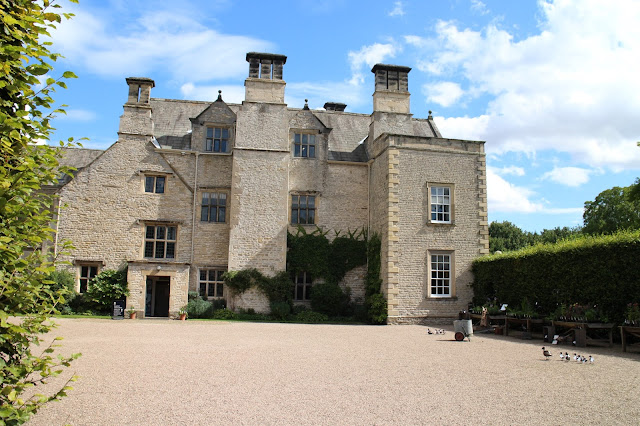Settling in. that is what we are doing. The hens have settled beautifully, always wanting to come out of the run, not yet, they must wait for the garden to be fenced. Three eggs are produced daily, so there are too many and I shall have to think about giving them away, egg boxes are ordered and I noticed an apple press for sale, but no apples!
Two rooms still in disarray, boxes to be unpacked; curtain hanging complete, pictures to go on walls and perhaps a couple of prints to buy. The humdrum of one's life has settled in. The endless noise of chatter on the radio, everyone seems to be navel gazing on these programmes. We are skewered by our own thoughts, unable to get out of a continuous chain of thinking, mostly to do with the utilitarian act of living.
Seventy bodies have been found rotting in a lorry in Austria, how can that be? There is an enormous immigration crisis slowly unfolding, and there are no answers, only the scum who would get rich on the back of anything, taking money from these poor people and then allowing them to die whether at sea or on land; hell is here and we have no answers.
Images of children playing at the dockside in Greece, the worried faces of the parents as they must haggle their way across Europe - and what happens in this country? Well a few more lords get elected, for goodness knows what, honour for 'doing' something for their country, £300 quid a day expenses, not bad if you can get it. The House of Lords overfull; our political system is in a mess, we have daily dollops of the Labour Party's four individuals for leadership. Many in the country back Jeremy Corbyn for his left thinking, but how can one man change a whole system of government I wonder.
Well we are going to Helmsley after coffee, there is nothing any of us can do but leave it in the hands of others, we allow the dark walls to close in on us, the festering happening of worldly affairs. History is being rewritten, a few wrong moves in the past has brought us to this part of time, the time we live in. Lives are being tossed around, movement of people across countries, and all I note from the window in the evening is the great machines going to and fro with the harvest and now with the harrowing machines, manure to feed the fields for next year's crop, a cycle of the year, just as war is.

























































